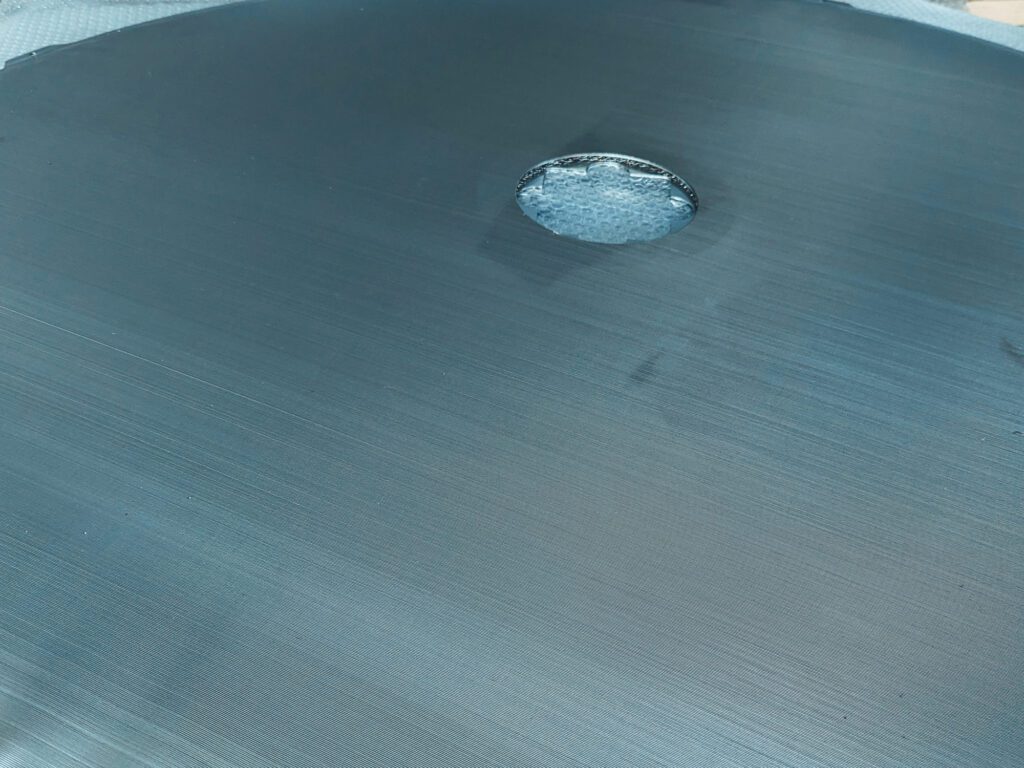Crossflow filtration is a key technology in the wine industry, used to improve the quality of wine by removing particles, yeasts, and bacteria. Two of the most common materials that make up the capillary membranes in filters are polyethersulfone (PES) and polypropylene (PP), whose characteristics make them suitable for specific applications.
When choosing between PES and PP capillary membranes, it is essential to consider the specific needs required by each procedure. PES membranes are often preferred for their ability to provide fine and stable filtration, which maintains high flow and makes them ideal for wine clarification. Conversely, PP counterparts can be chosen for their lower cost, which does not preclude high chemical resistance. However, these may require more frequent maintenance due to their intrinsic hydrophobicity. Although both materials are compatible with food use, PES offers greater microbiological safety thanks to its uniform porous structure.
To summarize, PES and PP capillary membranes play a crucial role in crossflow filtration, offering unique possibilities and advantages. The final decision depends on the specific needs of the production process, with the goal of improving the quality and stability of the filtered wine, revitalizing its production.
VLS supplies membranes and filter sectors for filtration systems from various brands.





